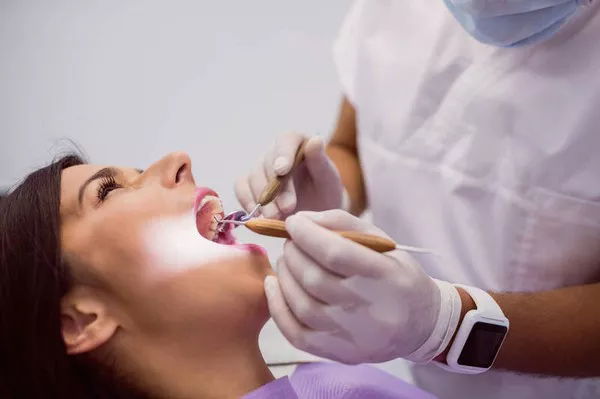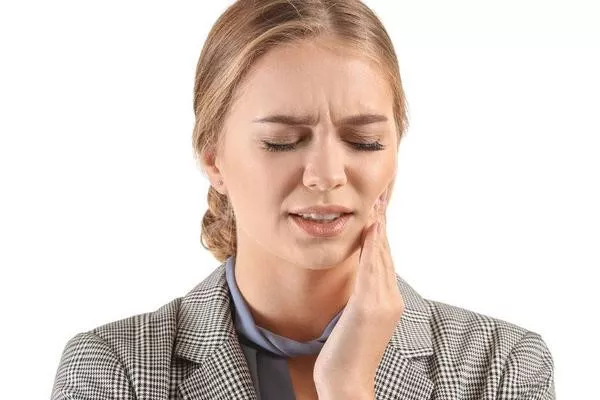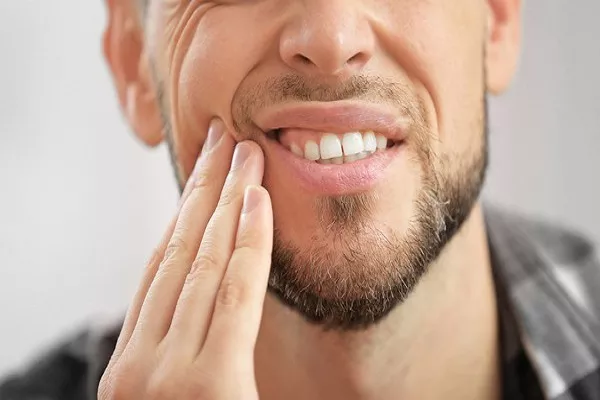UV (ultraviolet) light is known for its various applications, from sterilization to tanning, but its impact on oral health may not be as widely understood. In recent years, UV light has gained attention in dentistry for its potential role in teeth whitening and oral hygiene. However, concerns have also arisen about the safety and potential risks of using UV light on teeth. In this article, we will explore what UV light does to your teeth, its effects, applications, safety considerations, and the role of professional guidance.
Understanding UV Light
UV light is a type of electromagnetic radiation with shorter wavelengths than visible light. It is divided into three categories: UV-A, UV-B, and UV-C. UV-A and UV-B light are present in sunlight and have various effects on the skin, eyes, and even teeth. UV-C light, on the other hand, has germicidal properties and is used for disinfection.
Effects of UV Light on Teeth
UV light can have both positive and negative effects on teeth, depending on how it is used:
Teeth Whitening:
UV light is sometimes used in conjunction with teeth whitening procedures. Some teeth whitening products use UV light to activate the bleaching agents and enhance their effectiveness.
Bacterial Reduction:
UV-C light has germicidal properties and can kill or inactivate bacteria, viruses, and other pathogens. This property has led to the use of UV-C light for disinfection in dental offices.
Applications of UV Light in Dentistry
Teeth Whitening:
In some teeth whitening procedures, UV light is used to accelerate the breakdown of stain molecules and enhance the whitening process. However, the effectiveness of UV light in teeth whitening is still a topic of debate within the dental community.
Disinfection:
UV-C light has been explored as a method for disinfecting dental equipment, surfaces, and even water used during dental procedures. UV-C light can help reduce the risk of cross-contamination.
Safety Considerations
While UV light has potential benefits, there are also safety considerations to keep in mind:
Eye Protection:UV light can be harmful to the eyes. If UV light is used during dental procedures, both the patient and dental staff must wear appropriate eye protection.
Potential Tooth Sensitivity:Some individuals may experience increased tooth sensitivity after exposure to UV light during teeth whitening procedures.
Oral Tissue Irritation:Prolonged or excessive exposure to UV light can potentially lead to oral tissue irritation, including gum and cheek irritation.
Professional Guidance and Supervision:When it comes to using UV light on teeth, professional guidance and supervision are crucial:
Teeth Whitening:If you are considering teeth whitening procedures that involve UV light, consult your dentist. They can evaluate whether the procedure is suitable for you and ensure that safety measures are in place.
In-Office Treatments:If you are interested in dental treatments that use UV light, such as teeth whitening or disinfection, seek treatment from a licensed dental professional. They will have the expertise to use UV light safely and effectively.
Conclusion
UV light has potential applications in dentistry, including teeth whitening and disinfection. While it can enhance teeth whitening processes and aid in bacterial reduction, it’s important to approach UV light treatments with caution. Safety considerations, such as eye protection and potential tooth sensitivity, should be taken seriously. Professional guidance and supervision from dental experts are essential to ensure safe and effective use of UV light on teeth. As the field of dentistry continues to explore UV light’s potential, patients can benefit from the advances while prioritizing their oral health and safety.
Related Topics:





























